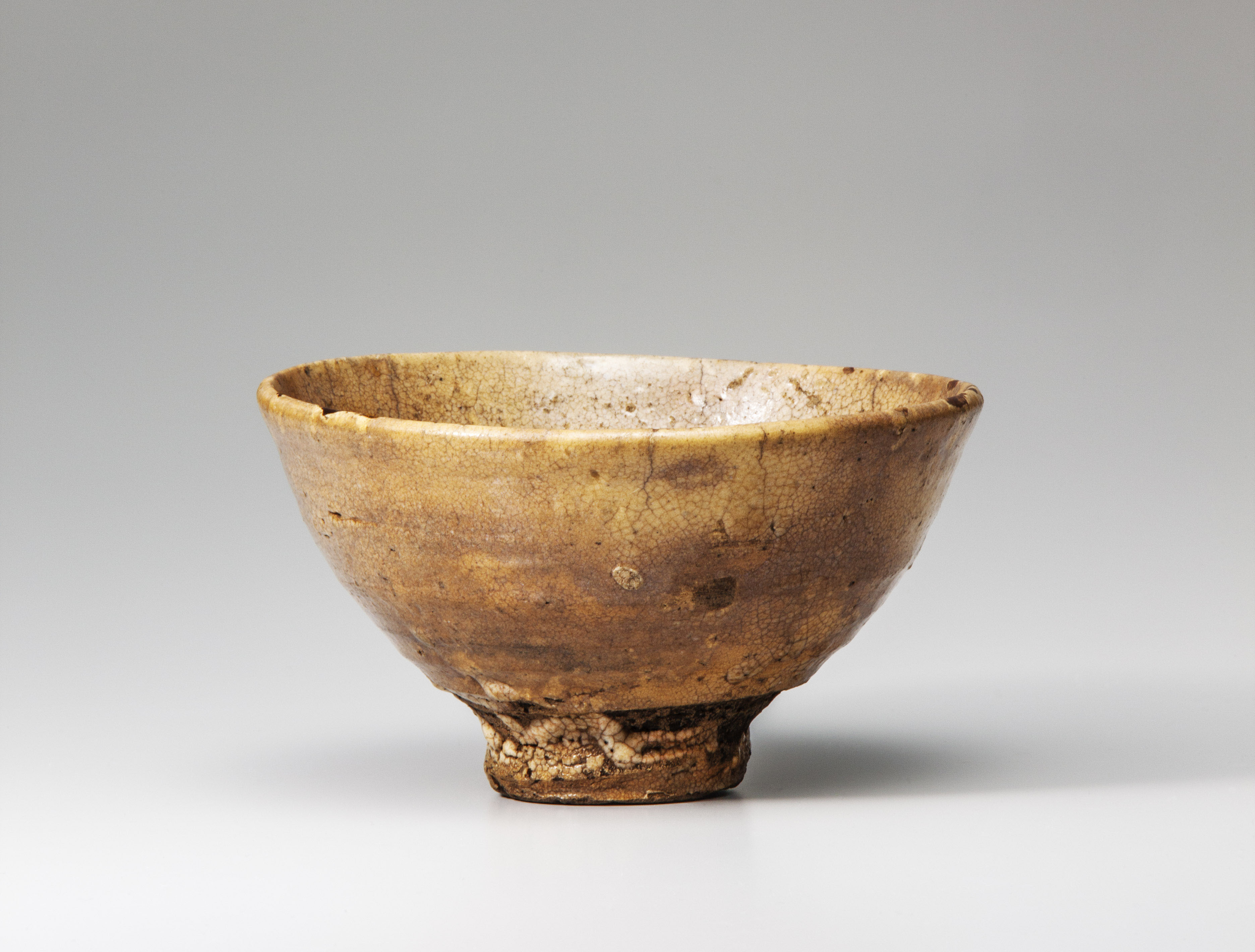Originating in Korea during the 16th century, Ido tea bowls are a type of Korai-jawan — decorative bowls that typically feature some sort of motif, such as an animal or floral design.
From the early Edo Period (1603-1867) to today, such bowls have been highly valued as the premier wabi-sabi (rustic beauty) vessels for tea ceremonies. Simple yet unique, the bowls became standard ware for daimyo lords and tea masters, including Sen no Rikyu, Kobori Enshu and Matsudaira Fumai.
This exhibition showcases 70 of the finest Korai-jawan, including the famous National Treasure Ido bowl, known as the "Kizaemon"; Nov. 2-Dec. 15.
Nezu Museum; 6-5-1 Minami-Aoyama, Minato-ku, Tokyo. Omotesando Stn. 10 a.m.-5 p.m. ¥1,200. Closed Mon. 03-3400-2536; www.nezu-muse.or.jp



















With your current subscription plan you can comment on stories. However, before writing your first comment, please create a display name in the Profile section of your subscriber account page.